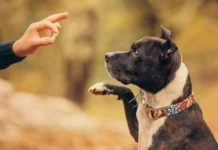
Does your dog bark for no apparent reason and refuse to be soothed?
Do they constantly chew everything in sight?
Are they often looking for ways to escape from your home, backyard, or even while you are on a walk?
Do they regularly have their tail between their legs?
Or perhaps, they just appear worried all the time.
All of the above are signs that your dog may be suffering from an anxiety disorder, and there are many more to look out for- don’t worry, these will all be covered below.
The biggest hurdle in identifying anxiety in your dog is that they are unable to directly communicate how they are feeling. At least not in a way that you, as the owner, can easily understand.
Fortunately, once you know the different types of anxiety in dogs, plus the most common symptoms associated with each form, you can then look to using the right calming techniques to help your dog overcome their fears.
What are the different types of anxiety in dogs?
Separation anxiety

If you notice that your dog’s behavior changes when you leave your home and that they are often destructive when left on their own, they may be suffering from separation anxiety.
Fear of loud noises

Most dogs do not like fireworks or thunderstorms, but if you find your dog gets especially anxious around loud sounds or noises in general or that they become distressed even in the run-up to a storm, they may be suffering from an acute fear of loud noises.
Changes in the environment
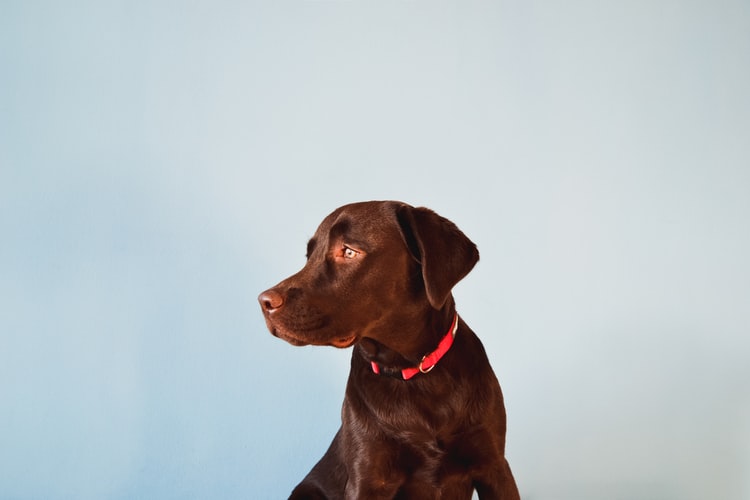
Dogs thrive on routine, so any changes to their normal daily lives can trigger feelings of stress and anxiety. Maybe you have moved home, changed your working hours, or made a new addition to the family, any sudden change can have an effect on your dog.
What are the signs of anxiety in dogs?

- Barking when they are alone
- Panting and pacing
- Shivering, shaking, or trembling
- Excessive digging
- Running away
- Being destructive in the home
- Excessive licking, drooling, or chewing
- Loss of appetite
- Frequent urinating
- An inability to settle
- Looking away
- Having their tail between their legs
How to calm an anxious dog
Fortunately, several techniques have been tried and tested when it comes to dealing with anxiety in dogs, you just need to find the right one for your pet.
-
Hemp Oil
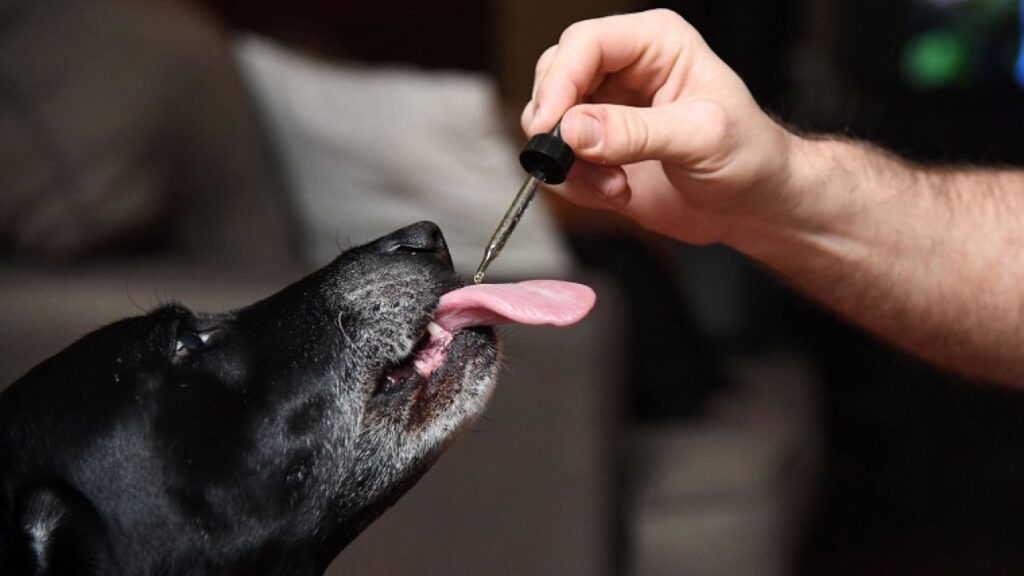
Hemp oil has become increasingly popular in recent years, both for humans and for pets, for its ability to help with a whole host of physical and mental health issues. In terms of your dog’s anxiety, hemp oil, which contains little to no THC, can be highly effective in helping to calm and de-stress your dog.
Plus, if you choose to give your dog hemp oil in the form of treats rather than in a supplement or tinctures, they can enjoy a wide range of tasty options, including hemp cheese wraps that are high in omega fatty acids and other essential vitamins and minerals that your dog needs.
-
Behavioral training
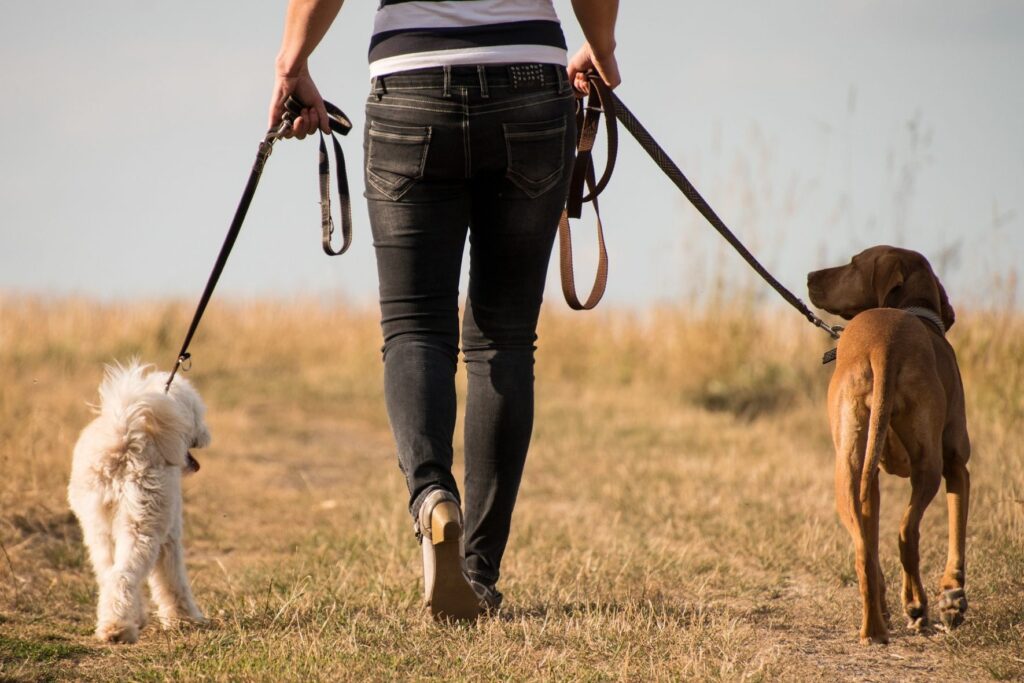
Don’t worry, you do not need to spend a fortune on a dog trainer. You can carry out effective behavioral training with your dog yourself. Depending on the type of anxiety that your dog suffers from, you can start by working to change any negative associations that they have with the issue in question.
For example, if your dog becomes anxious every morning when you leave the house, try distracting him with a toy or dog puzzle that will keep him occupied for much of the day. It can also be a good idea to gradually increase the length of time that you leave your dog alone if possible.
If it is a loud noise that your dog dislikes, you should use the same process. Try and help your dog associate fireworks, storms, or other loud noises with something that they like or enjoy. If you know that a storm is coming or a neighbor is having a party, have a treat or reward to hand so that you can change the negative connections to more positive ones.
-
Recognize their body language

Making sure that you can tell when your dog is anxious and that you can recognize what triggers your dog’s anxiety is crucial if you want to be able to help your dog overcome their fears.
This can be achieved by paying close attention to your dog’s body language and learning their individual tell-tale signs that they are struggling with a specific situation. Focus on how they look and how they sound, plus, the exact environment that they are in so that you can pre-empt these situations in the future.
-
Dog massage
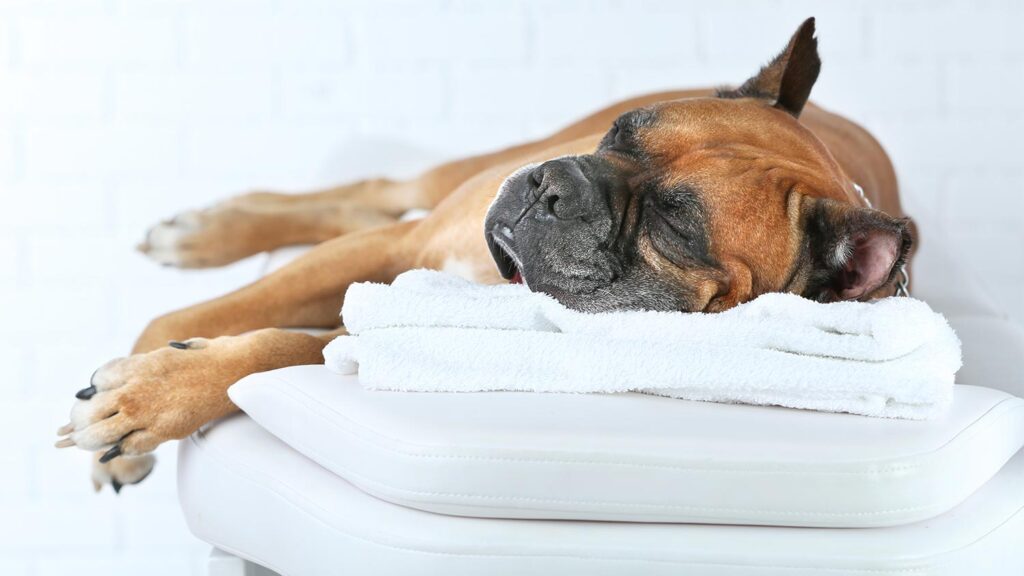
In the same way that a massage will help you feel relaxed and calm, it will have a similar effect on your dog. Massage works by releasing chemicals in the brain that mimic the feeling of getting a warm and comforting hug, which can help to reduce any feelings of anxiety your dog may have.
The good news is that you can easily and effectively massage your dog yourself. There is no need to hire an expensive masseuse that is specially trained in doggy massage.
Start by gently petting your dog in their preferred spots and then gradually and slowly build up to full body massage, starting at the neck area and working your way down the length of their body.
-
Calming music

How helpful is the sound of soothing music when you are feeling stressed out or anxious? Thankfully, music can have the exact same effect on your dog.
If your dog suffers from separation anxiety, try leaving on the radio or television when you go out so that they feel less alone. Alternatively, you can download music that is specifically designed to help anxious dogs.
It can be horrible to see your beloved dog suffering from an anxiety disorder, especially if you feel unable to help them. Fortunately, as long as you start actively listening and paying attention to your dog and take the time to try the above techniques to find out what works for your pet, you can rest safe in the knowledge that you are doing everything you can to help your dog lead a happy and stress-free life.
If you feel unable to deal with your dog’s anxiety or you are worried that the problem is getting worse, not better, you may want to consider visiting your vet for further advice.

